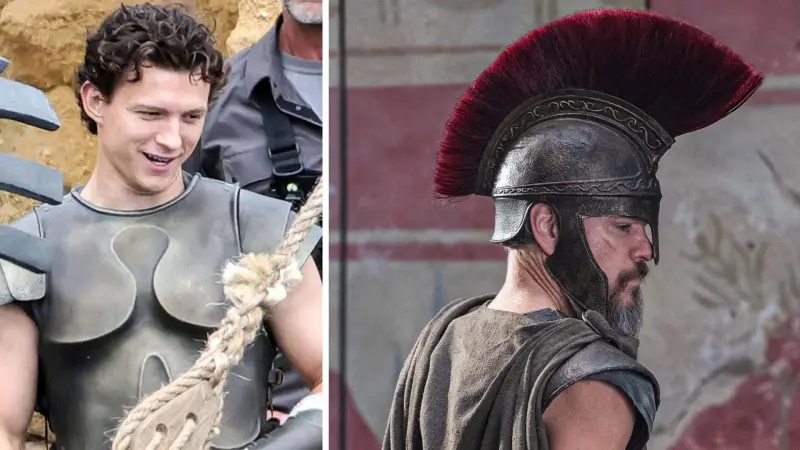Abstract The ancient Celts held complex and profound beliefs regarding the afterlife, which were deeply interwoven with their religious and cultural traditions. Their views on death and the journey of the soul were shaped by oral traditions, mythology, and archaeological evidence. This article explores the concept of the afterlife in Celtic thought, examining sources such as classical accounts, burial practices, and mythological narratives to uncover the spiritual world of the ancient Celts.
Introduction The Celts, a diverse group of tribal societies spread across Europe, had a rich and dynamic spiritual tradition that included a strong belief in the afterlife. Unlike many contemporary civilizations, they saw death not as an end but as a transition into another form of existence. This belief was reflected in their burial customs, religious practices, and mythological tales.
Concepts of the Afterlife The Celtic perception of the afterlife was closely tied to their understanding of the soul and its immortality. Several key themes emerge from ancient sources:
Reincarnation and Transmigration: Many classical writers, including Julius Caesar and Diodorus Siculus, noted that the Celts believed in the reincarnation of the soul. This idea suggests a continuous cycle of rebirth, where the soul moves between physical and spiritual realms.
The Otherworld: Celtic mythology frequently refers to an enchanted realm known as the Otherworld, which was a place of eternal youth, abundance, and joy. This realm, sometimes called Tír na nÓg in Irish tradition or Annwn in Welsh mythology, was not seen as a final resting place but rather as an extension of existence beyond mortal life.
Heroic Afterlife: Certain Celtic traditions suggested that great warriors and kings would dwell in a paradise-like afterlife, often depicted as a feasting hall or a divine island where they would continue to engage in heroic deeds.
Burial Practices and Funerary Rites The archaeological record provides valuable insights into the Celtic afterlife beliefs through their burial customs:
Chambered Tombs and Barrow Burials: Many early Celtic societies built elaborate tombs, sometimes containing multiple burials, indicating a belief in the continued existence of the deceased.
Grave Goods: The presence of weapons, jewelry, and food in graves suggests that the Celts believed the dead required these items in the afterlife.
Excarnation and Ritual Offerings: Some sites indicate that exposure of the body before burial and the offering of objects in water sources were integral to Celtic funerary practices, reinforcing the notion of a connection between the living and the dead.
Mythological Representations of the Afterlife Celtic mythology is replete with references to the Otherworld and its inhabitants. Notable examples include:
The Voyage Tales: Irish and Welsh legends contain stories of heroes who travel to the Otherworld, encountering supernatural beings and landscapes filled with enchantment.
The Role of the Druids: Druids, as spiritual leaders of the Celts, played a crucial role in interpreting the nature of the afterlife, acting as intermediaries between the physical world and the divine.
Gods and Spirits of the Afterlife: Deities such as Donn, the Irish god of the dead, were believed to guide souls to the Otherworld, reflecting the Celts' intricate spiritual cosmology.
The Influence of Christianity on Celtic Afterlife Beliefs With the spread of Christianity, many aspects of Celtic afterlife beliefs were assimilated or transformed within the new religious framework. Concepts of an eternal soul and a paradisiacal afterlife found resonance in Christian doctrine, leading to a fusion of indigenous and Christian traditions.
Conclusion The afterlife beliefs of the ancient Celts reveal a rich spiritual worldview that emphasized the continuity of existence beyond death. Whether through reincarnation, the mystical Otherworld, or heroic paradise, the Celts envisioned an afterlife that was as vibrant and dynamic as their mortal lives. By examining mythological, archaeological, and historical evidence, we gain a deeper appreciation of their enduring legacy in shaping concepts of death and the beyond.
References
Green, M. (1992). The Gods of the Celts. Alan Sutton Publishing.
MacCulloch, J. A. (1911). The Religion of the Ancient Celts. T. & T. Clark.
Cunliffe, B. (1997). The Ancient Celts. Oxford University Press.
Koch, J. T. (2006). Celtic Culture: A Historical Encyclopedia. ABC-CLIO.







